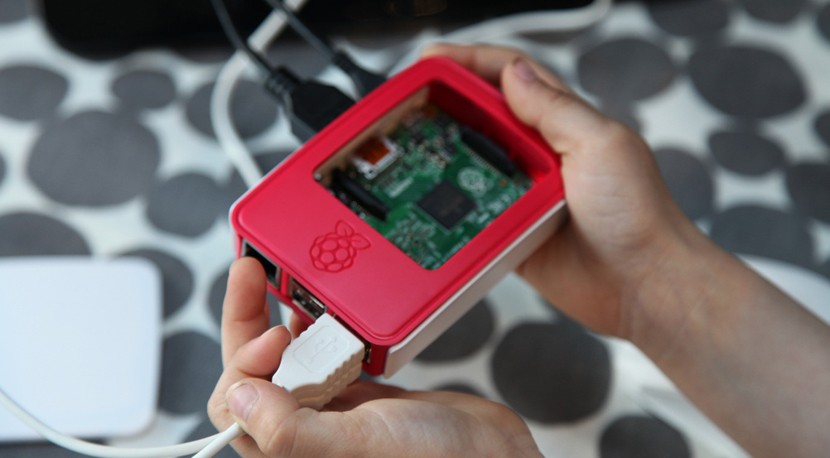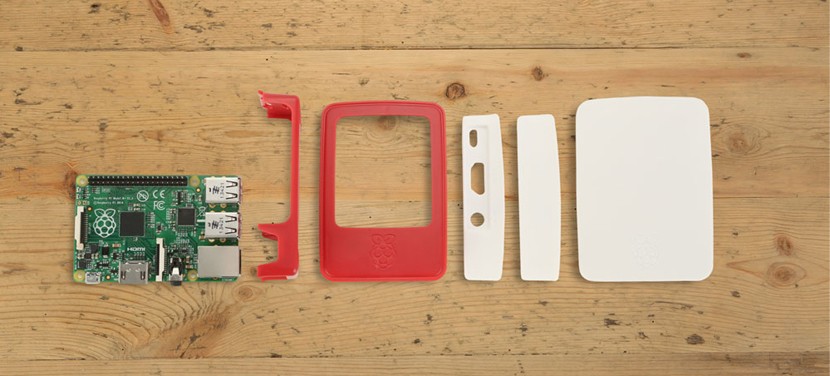As technology advances, it's also getting smaller, to the extent that most of us now harbour in our front pockets, computers (lets call a spade a spade right?) significantly more powerful than those first sent us to the moon. This need to shrink our tech down into the most compact, portable form possible has resulted in a handful of major technological marvels (did somebody say “iPhone?”), but it's also filtered down into the independent tech and design world, and no product better represents this forward-thinking, tech-shrinking ethos than the Raspberry Pi.

The Pi is a small, yet deceptively powerful single circuit computer roughly the size of a credit card. It was created by the Raspberry Pi Foundation, a UK charity who wished to create a computer that could teach young people how to program in a manner that was neither overly complex, nor condescendingly simple. However, whilst it was first designed as an educational tool, the device has been adopted by hobbyists and adventurous nerds as a legitimate alternative platform that can be used to run everything from games to design software. The fact that it plugs straight into a keyboard and TV via HDMI and is so easy to set up means that fledgling programmers have been using it as a secondary platform from which to practice their craft, or teach it to others.
The Raspberry Pi Foundation asked product consultancy Kinneir Dufort to design the first official case for the Raspberry Pi 2

As surprisingly successful as the Pi has been, until now, it was an undeniably ugly, bare circuit board, and all cases for the device were unofficial and flimsy at best. The Raspberry Pi Foundation recently asked product consultancy Kinneir Dufort to rectify this, the result being the first official case for the Raspberry Pi 2. The case is a subtle red and white affair that fits the Pi's circuit board neatly and conveniently, it's also been designed with tweaking, hacking and alteration in mind, just like the Pi itself. The case is a modular construction, with parts that can be swapped out and replaced as new iterations of the design are released.

The foundation came to Kinneir Dufort with the idea at the start of 2014 when the Pi 2 had just launched, and according to Kinneir Dufort's industrial designer John Cowan-Hughes, the team worked closely with them collaborating on the design to ensure that the case “Would result in a better product that was true to the ethos of the brand” Cowan-Hughes said that his team “Wanted to design the new case to be as easy to open as a box,” and believes that “In the way it’s constructed, it actually encourages you to get inside to the board, to learn about the electronics, tinker with it and hack with it.” Indeed, both the Raspberry Pi Foundation and Kinneir Dufort hope that the Pi's varied and tech savvy user-base will upload their many tweaks, hacks and alterations of the case online.
The Raspberry Pi is a small, yet deceptively powerful single circuit computer roughly the size of a credit card

Ebon Upton, the founder of Raspberry Pi, added of the project: “The design team we wanted for this pivotal project had to have an understanding of what Raspberry Pi was all about, an enthusiasm for helping us realise our vision and a wealth of experience we could depend upon. Kinneir Dufort delivered across all points of the brief. The case is clever, playful and like the Pi 2 board it will encourage people to experiment with it. It looks pretty awesome too.” The ABS plastic case is produced and manufactured (like the Pi boards themselves) in the UK.

Benjamin Hiorns is a freelance writer and struggling musician from Kidderminster in the UK. He uses his Raspberry Pi as a retro gaming emulator. How do you use yours?






